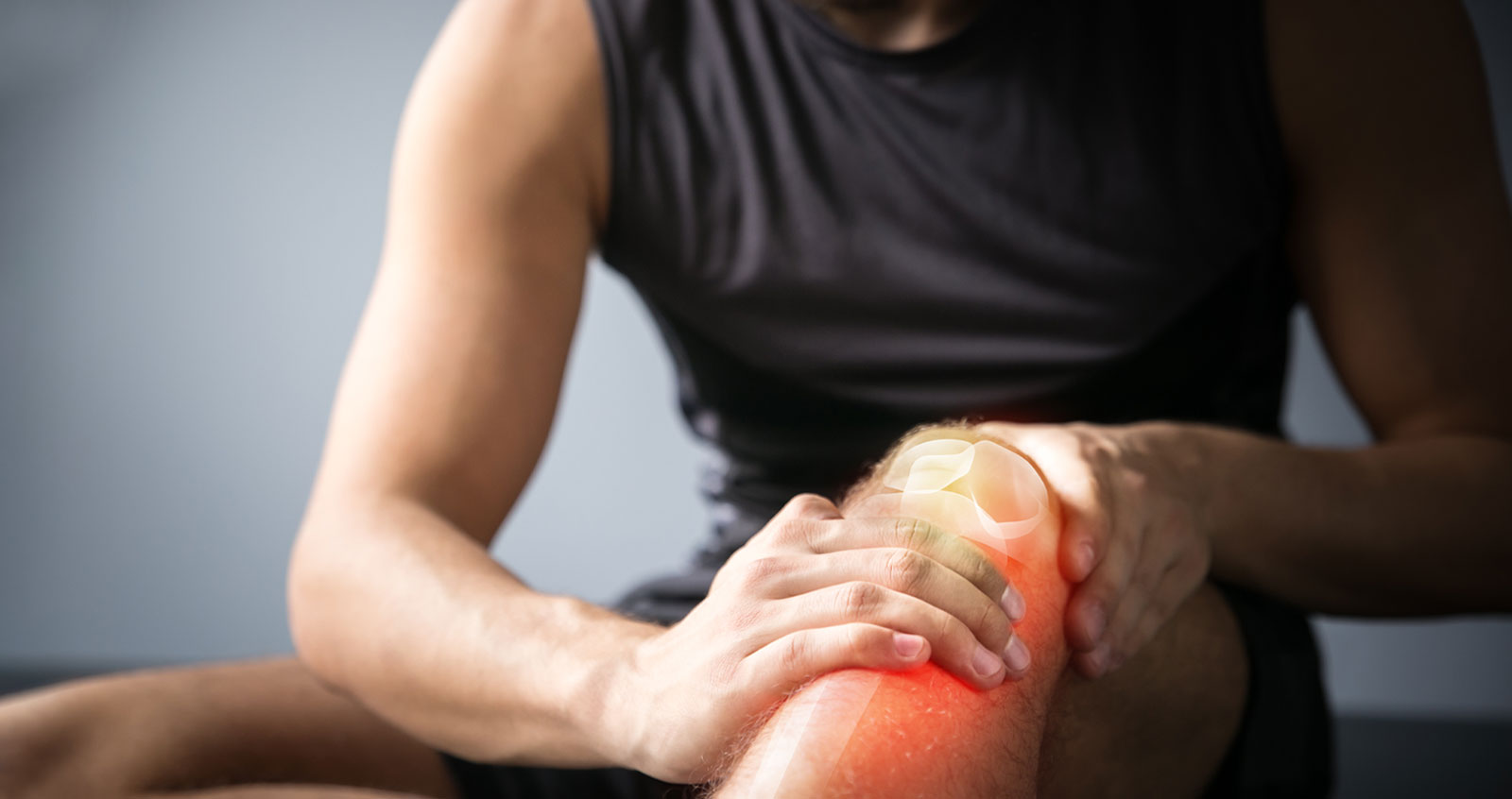STAYING INJURY-FREE ON THE SLOPES
By Dr. Frank Scerbo, PT, DPT, MS, CSCS
Skiers love February. In fact, here in Edgewater, New Jersey, I sometimes hear the school kids call President’s week “Ski Week.” Locals here in Bergen County especially like the convenience of taking day trips to Campgaw Mountain in Mahwah, or nearby Mountain Creek in Vernon.
But even though Northeast winters can sometimes feel endless, ski season is definitely fleeting. The limited number of days available to make use of expensive equipment and prepaid lift tickets can tempt skiers to try to squeeze in as much time as possible on the slopes – sometimes under less than optimal conditions.
Believe me, I understand – I’m a doctor of physical therapy and the owner of Scerbo Physical Therapy & Sports Rehabilitation in Edgewater – and I see far too many skiing injuries happen because skiers were perhaps overenthusiastic and underprepared.
Knee injuries are especially common – according to the American Physical Therapy Association (APTA), about 30 percent of skiing in injuries are knee sprains, such as an ACL tear or an MCL tear. This is because when you ski, the foot is fixed in the ski boot. The ankle is usually preserved, so the next thing that’s going to go is a knee. When the boot doesn’t release from the binding or the ski gets caught, the knee is injured.
But, they say an ounce of prevention is worth a pound of cure, and that is particularly true for skiing. Here are my tips for winter athletes to minimize these risks:
Precondition
I realize that here on the East Coast, skiers may not have that many opportunities to practice the sport in the off season, so it’s important to prepare the body with strength and conditioning exercises. The APTA recommends focusing on exercises that strengthen the core and lower extremities, such as squats, side skaters and side planks, as well as aerobic activity.
Suit up properly
Incorrect or ill-fitting equipment will increase your risk of injury. The APTA advises skiers to wear a helmet, and to get a proper fitting to ensure that your boots, bindings and skis are the right fit for your size and ability.
Pay attention to the terrain
I wish I could tell people not to ski in the Northeast, because the slopes here can become much icier than in other parts of the country. But if this is where you plan to ski, always check out the slope’s web site or call ahead to find out if conditions are suitable for your ability level. And use common sense – if conditions start to deteriorate, don’t push it.
Take a lesson
There’s really no substitute for having a professional ski instructor show you the correct way to stand, turn, use the ski lift, and yes, fall. The APTA says your hands and weight should be forward, your legs should be parallel, and your hips, knees, and ankles should be equally flexed.
Know your limitations
Most of the skiing injuries that I have treated happened on the last run of the day. People are tired, they decide to go one last time, and they end up getting hurt. Whether that’s because they’re fatigued, or it’s colder out and becoming icier, that has been a consistent theme. So think it through before taking that last run.
We are always available if you have any questions or need assistance. Call us at 201-941-2240 or visit us at www.scerbopt.com. We are also on social media. Follow us of Facebook, and Twitter.
Scerbo Physical Therapy and Sports Rehabilitation, 725 River Road, Suite 60 (Marketplace), Edgewater, New Jersey 07020

